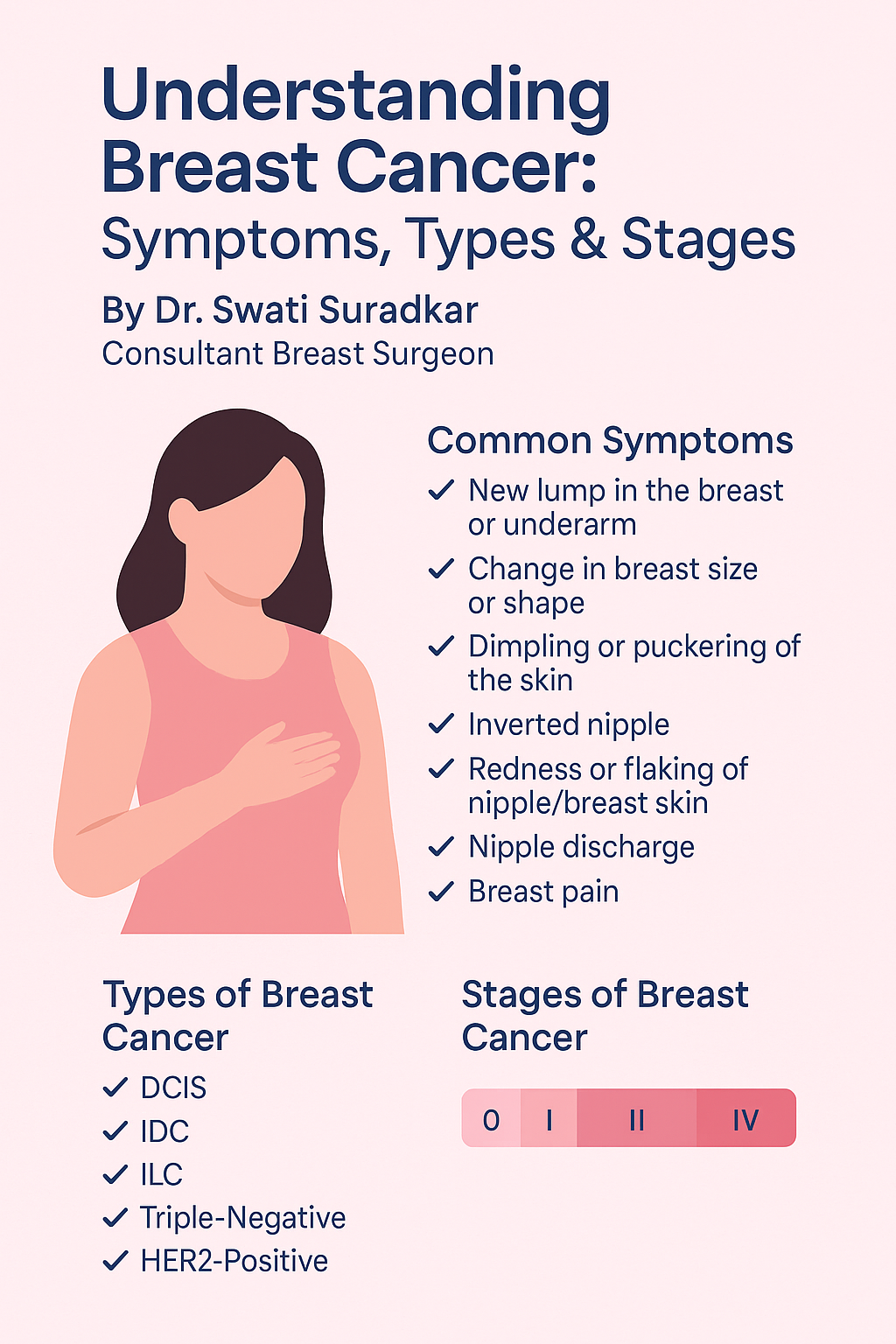The term “breast cancer” refers to a malignant tumor that has generated from cells in the breast. Normally, breast cancer either starts in the cells of the lobules, which are the milk-producing glands or the ducts, the passages that drain milk from the lobules to the nipple.

WHAT IS THE TREATMENT SUPPORTED IN STAGE 0 OF BREAST CANCER?
If precancerous cells are found within the milk ducts, it’s called non-invasive breast cancer or ductal carcinoma in situ (DCIS). Stage 0 breast cancer can grow beyond the ducts. Lumpectomy plus radiation therapy is enough in many cases.
In a lumpectomy, the surgeon separates the cancerous cells and spares the rest of the breast. A “plain mastectomy” is the surgical elimination of the breast. Surgery to reconstruct the breast can begin at the time of the mastectomy or a later date.
Radiation is a type of targeted therapy. It’s normally prescribed following lumpectomy for stage 0 breast cancers. High-energy X-rays are used to destroy cancer cells, prevent them from spreading, and lower the risk of recurrence.
Your Brest Surgeon will probably recommend hormone therapy if you’ve had a lumpectomy for estrogen receptor-positive (ER+) or progesterone receptor-positive (PR+) breast cancer. Oral hormone procedures are generally prescribed to lower the risk of developing invasive breast cancer.
Hormone treatment isn’t always prescribed for women who have had a mastectomy for stage 0 breast cancer.
WHAT IS THE TREATMENT SUPPORTED IN STAGE 1 OF BREAST CANCER?
Stage 1A breast cancer means the primary tumor is 2 centimeters or smaller and the lymph nodes are not affected. In stage 1B, there is no tumor in the breast, or it’s less than 2 centimeters and cancer is found in axillary lymph nodes. Surgery and one or more adjuvant treatments may be advised.
Lumpectomy and mastectomy are both possibilities for stage 1 breast cancer. For mastectomy, the rebuilding of the breast can begin at the same time or after extra treatment is completed. Radiation treatment is often suggested after surgery for stage 1 breast cancer. It may not be required for women over 70 years old, especially if hormone treatment is possible.
Hormone treatment may be suggested for hormone receptor-positive breast cancers, regardless of tumor size.
Chemotherapy isn’t always needed for early-stage breast cancers, especially if they can be treated with hormone therapy.
WHAT IS THE TREATMENT SUPPORTED IN STAGE 2 OF BREAST CANCER?
In stage 2A, the tumor is less than 2 centimeters and has grown to nearby lymph nodes. Or it’s between 2 and 5 centimeters and hasn’t spread to lymph nodes. Stage 2B means the tumor is between 2 and 5 centimeters and has spread to nearby lymph nodes. Or it’s larger than 5 centimeters and hasn’t spread beyond the breast. You’ll probably need a combination of surgery, radiation, chemotherapy, and/or hormone treatment.
Lumpectomy and mastectomy may both be options depending on the size and location of the tumor. A revised radical mastectomy is a removal of the breast including chest muscles. Radiation therapy targets any remaining cancer cells in the chest and/or lymph nodes.
In Chemotherapy, strong drugs are passed intravenously over many weeks or months.
After all other procedure is complete, you may benefit from continued treatment for ER+, PR+, and HER2+ breast cancers. Oral medications are generally prescribed for five years.
WHAT IS THE TREATMENT SUPPORTED IN STAGE 3 OF BREAST CANCER?
Stage 3A breast cancer means that cancer has developed to four to nine axillary (armpit) lymph nodes, or has enlarged the internal mammary lymph nodes. The primary tumor may be any size.
It can also mean the tumor is larger than 5 centimeters, and small groups of cancer cells are found in the lymph nodes. Finally, stage 3A can also add tumors larger than 5 centimeters in size with the involvement of one to three axillary lymph nodes or any breastbone nodes.
Stage 3B means a breast tumor has invaded the chest wall or skin and may or may not have invaded up to nine lymph nodes. Stage 3C means the cancer is found in 10 or more axillary lymph nodes, lymph nodes near the collarbone, or internal mammary nodes.
Treatment for stage 3 breast cancers is similar to that of stage 2.
WHAT IS THE TREATMENT SUPPORTED IN STAGE 4 OF BREAST CANCER?
Stage 4 indicates that breast cancer has spread to a distant part of the body. Breast cancer most often grows to the lungs, brain, liver, or bones. Aggressive systemic treatment is the main treatment. Depending on your type of breast cancer, you’ll probably have chemotherapy and one or more targeted therapies. The number and location of tumors determine your surgical options.


